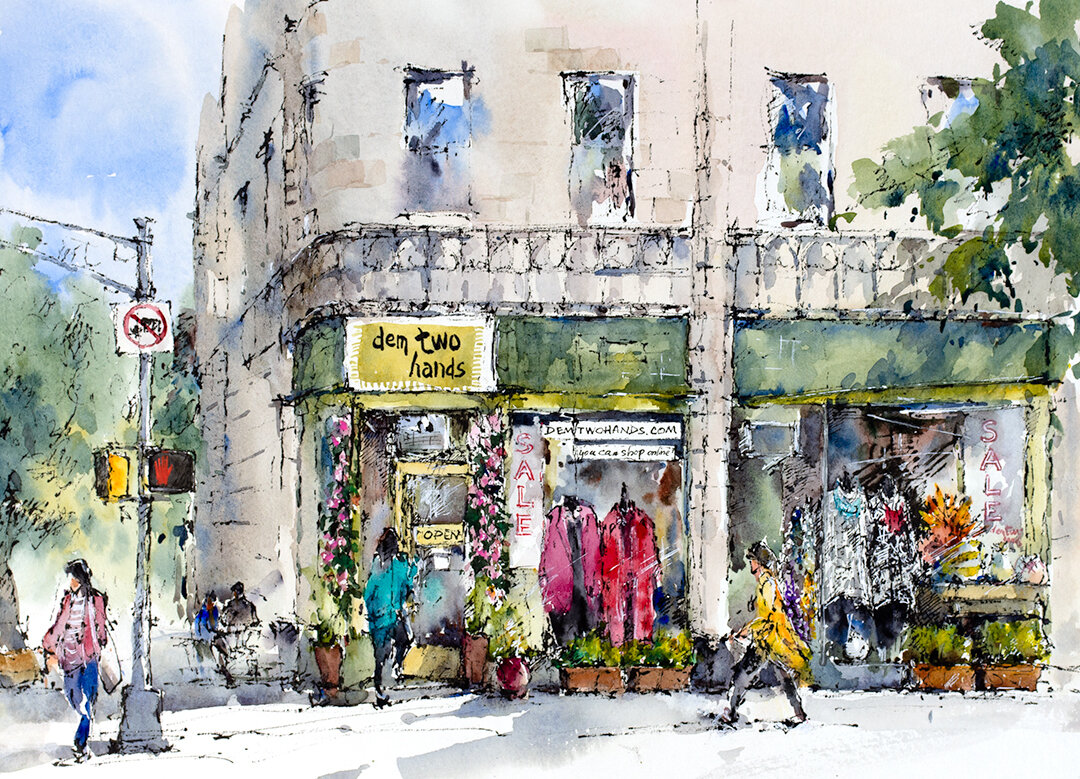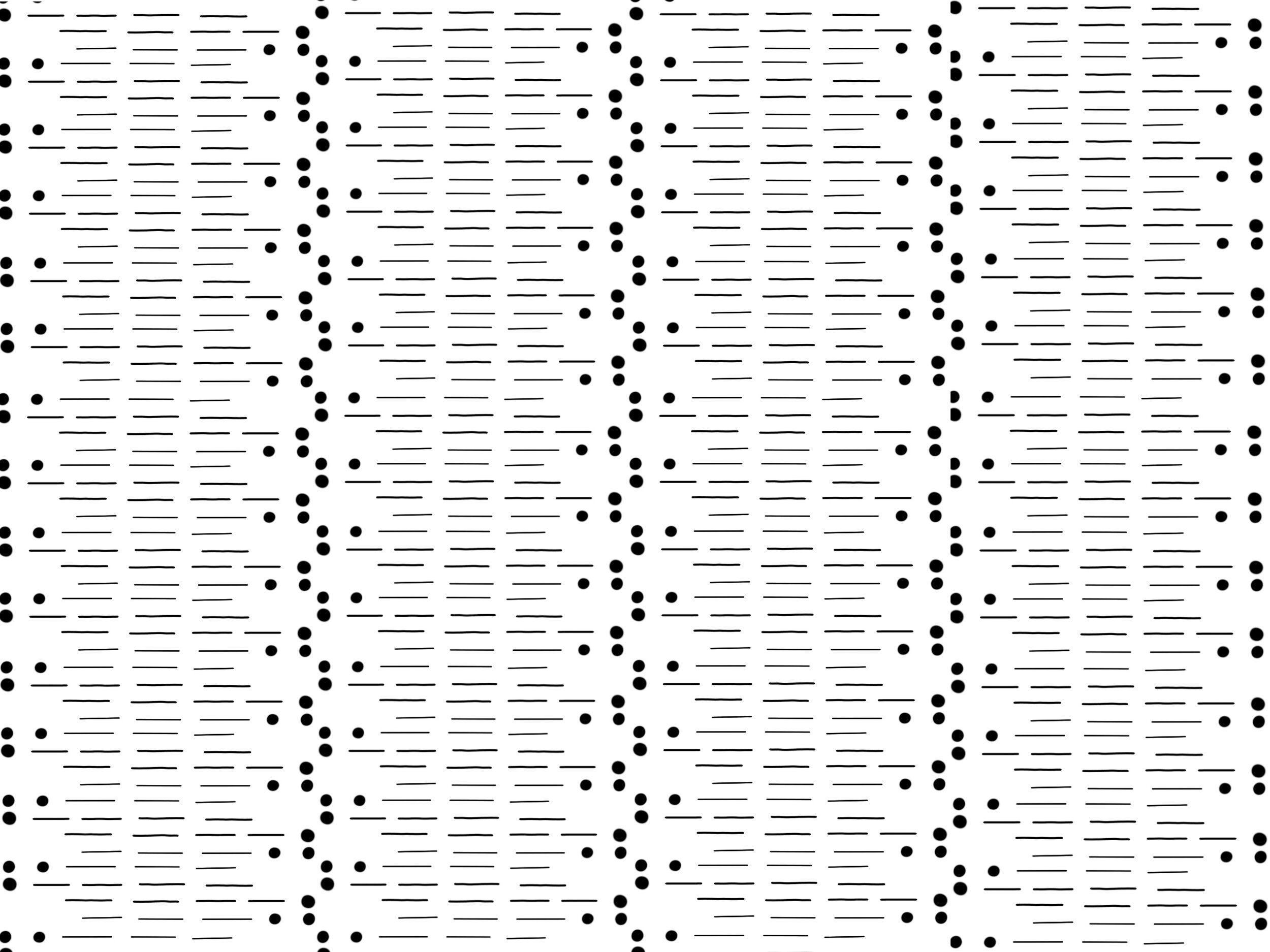LC: Thank you so much for allowing us to share your propagation stations here at Local! In six years, this is the first work of its kind and we're so happy to have them. Let's start at the beginning of this journey as such an interesting story. How did you begin working in this space?
Chris: No, thank you!! It has definitely been a slow progression into woodworking, but picking up steam over the last couple years. I’ve always loved working with my hands and building things since I was young. The quarantines over the past few years gave me some extra time to become more comfortable with wood, and the tools, to begin experimenting building some things!
LC: Please tell us how working in this medium has made you feel as I have to believe that the transformation from raw materials to a beautifully finished product is an extremely cathartic process.
Chris: It certainly is! It’s amazing to see the wood go from a very rough material, to a silky smooth and very solid feeling end product. Each step cleans up the rough edges, creates more definition in the piece, and brings out the natural beauty of the wood. It is also a very tactile hobby, each species has its own weight, grain, and smell as you work on it, really immersing you into the craft. After a long day of staring at a screen, it’s quite relaxing to bring something to life.
LC: Tell us about the types of woods that you seek out and are there any particular favorites?
Chris: I am still very new to this and exploring the world of hardwoods, but the most prevalent ones in my current work are Maple, Mahogany, Cherry, Paduak, and Purpleheart. Out of those Paduak (the bright orang-ish/red one) is my favorite. There is something about the vibrance contrasting your typical browns of many other woods that always catches my eye. With that being said I love shopping at the wood supplier and seeing what new types I can try. The latest round of propagation stations will include a species called Wormy Maple, which has a really unique pattern.
LC: Perhaps a funny question but what has been the most interesting cutting or plant that has made its way into one of the stations?
Chris: A true staple in most of my propagation stations is the Pothos, featured on the walls in the coffee shop today! That being said one of the more exciting plants is definitely a Monstera Deliciosa plant (also known as a swiss cheese plant), with broad, bright green leaves and large fenestrations! I absolutely LOVE seeing the creativity of what everyone else puts in them, so shoot me a message on Instagram with your best décor!
LC: You included a philanthropic cause in this exhibition. Why is this important to you?
Chris: The root and name behind the company comes from my Mini Australian Shepherd, Evie, who I adopted about 8 years ago from a truly horrible shelter in the south. Since then I’ve always tried to be a big advocate for both pet adoption and animal sanctuaries in general. Having a hobby that allows me to both enjoy building new things and give back to charities is truly a win win!
LC: As a fellow canine enthusiast, I love that your heart is in this place as well. Tell us about Evie :)
Chris: I touched on this a little above, but Evie is one of the most unique dogs you’ll ever meet. Her experiences before I adopted her continue to impact her to this day so she is definitely not an average dog. She loves long walks, and carrying around her stuffed toys to show off to the neighborhood, and drinking water (weird, I know)!
LC: What is your favorite coffee or tea beverage?
Chris: While tea is always a morning staple, I have been slowly increasing my coffee intake over the years. While I’m still in the minor leagues (hello lattes <3), I am slowly becoming a more adventurous drinker! I will continue to work my way through the Local Coffee Menu in the coming months!
See more from Chris on his Instagram Page here


















































































